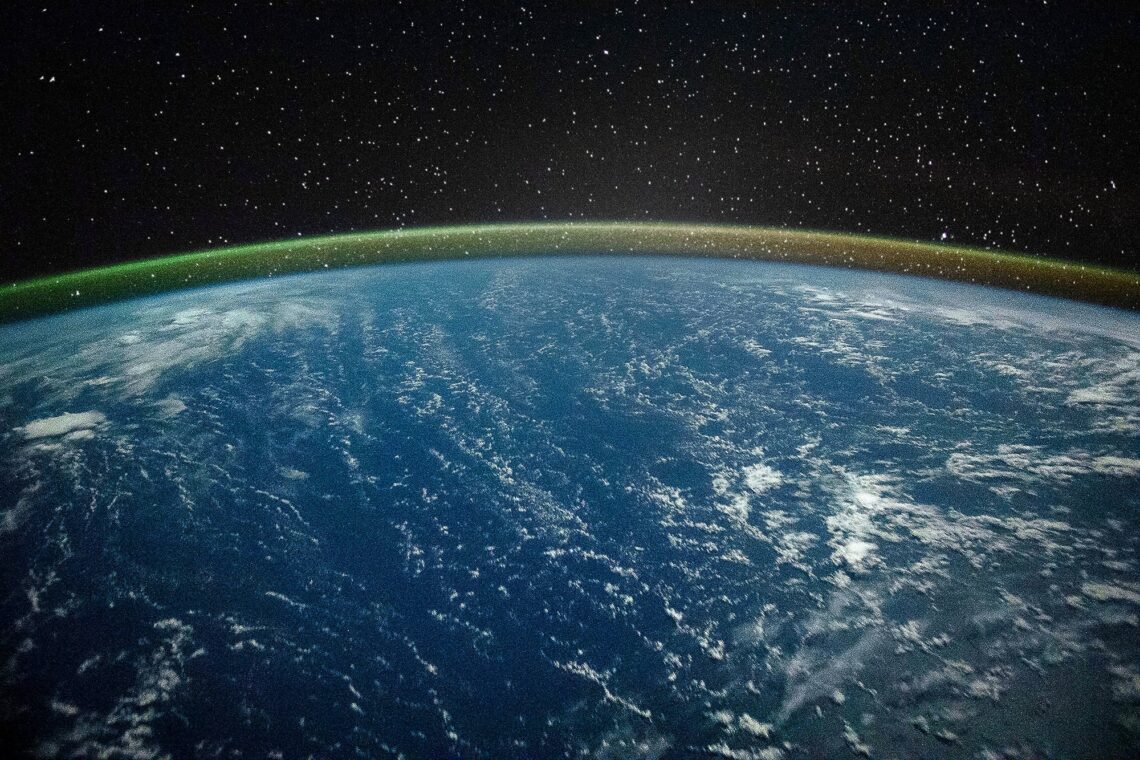Sometimes really interesting questions can be asked very simply. For example, where does outer space begin?
This seems like a straightforward question. We live on the surface of Earth, shielded from the vacuum of space by a blanket of air. But we know that our planet’s atmosphere gets thinner, less dense, with height. So it makes sense that at some altitude, the air becomes so tenuous that you’d essentially be in space. How high up is that?
The thing is, it depends on what you mean by “space,” which is a term that’s surprisingly hard to define. Currently, the generally accepted demarcation line is 100 kilometers above Earth’s surface, but that value hasn’t been rigorously defined mathematically or physically. Moreover, when rigor is applied, a “space starts here” demarcation of 80 km is arguably a better height to use.
On supporting science journalism
If you’re enjoying this article, consider supporting our award-winning journalism by subscribing. By purchasing a subscription you are helping to ensure the future of impactful stories about the discoveries and ideas shaping our world today.
To understand why, let’s start with some basics. Air is technically a fluid—something that can flow. The molecules in a gas are free to slip past one another, so they can move around to fill any container. In the case of a planet like Earth, though, there’s no physical container around it, and it doesn’t have a lid like a jar or box does. Instead gravity and pressure play the role of containing the atmosphere.
Think of Earth’s atmosphere as a well-defined layer of gas. A small volume of that gas on the surface—say, one cubic centimeter—feels the pressure of all those cubic centimeters of gas above it (close to a kilogram, all told), which compresses it and makes it denser. The higher up you go, the less overlying gas there is pushing down from above, decreasing the ambient air pressure around you.
This is why air is less dense on a mountaintop, for…
Read the full article here







